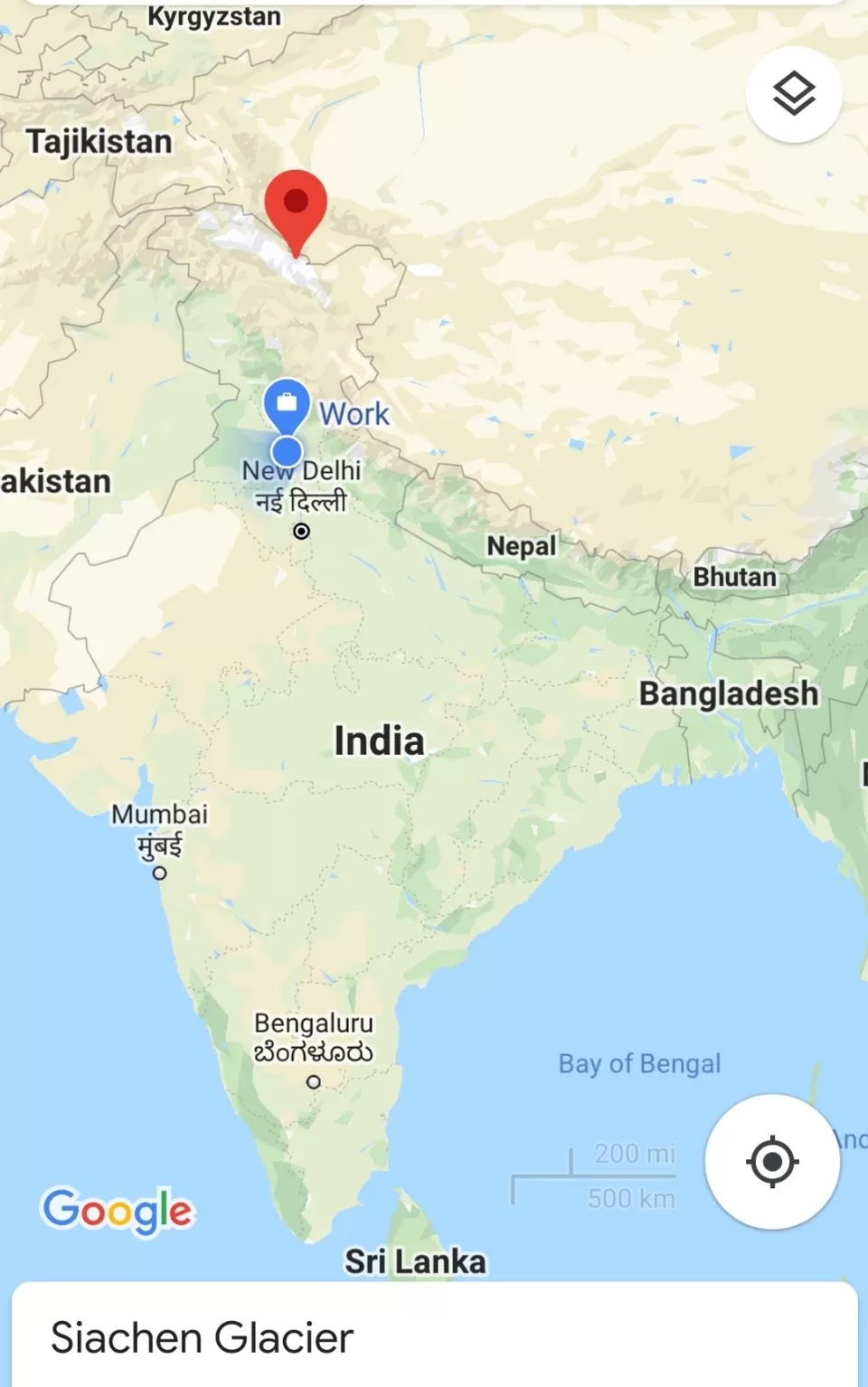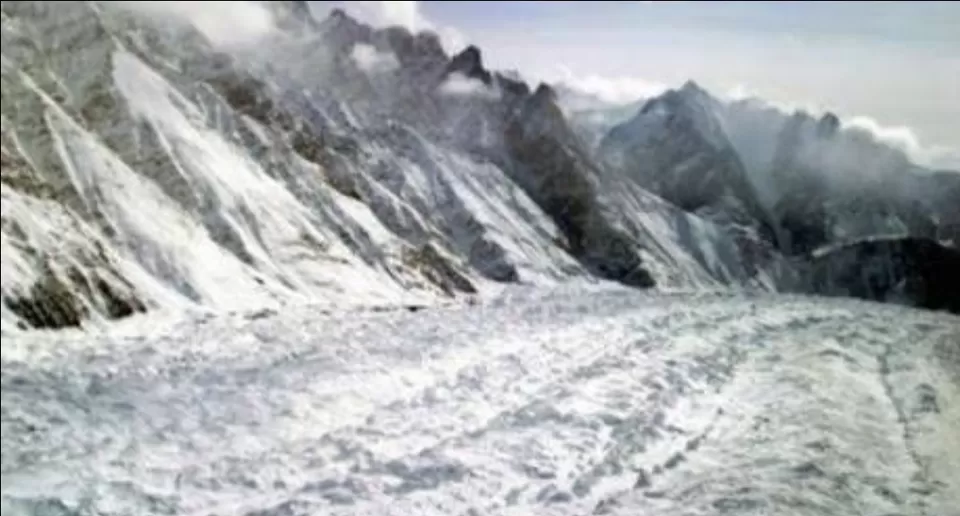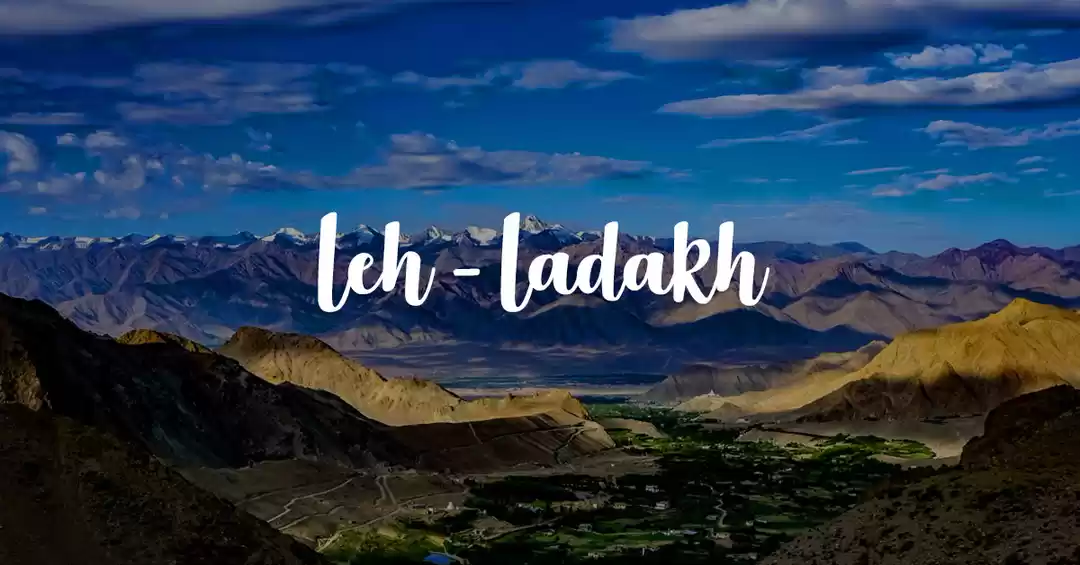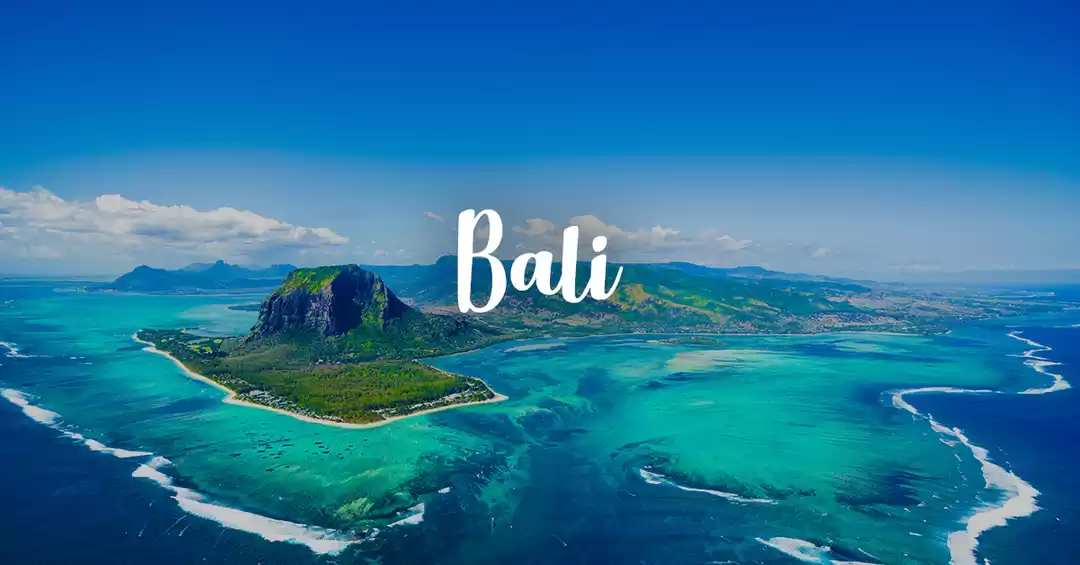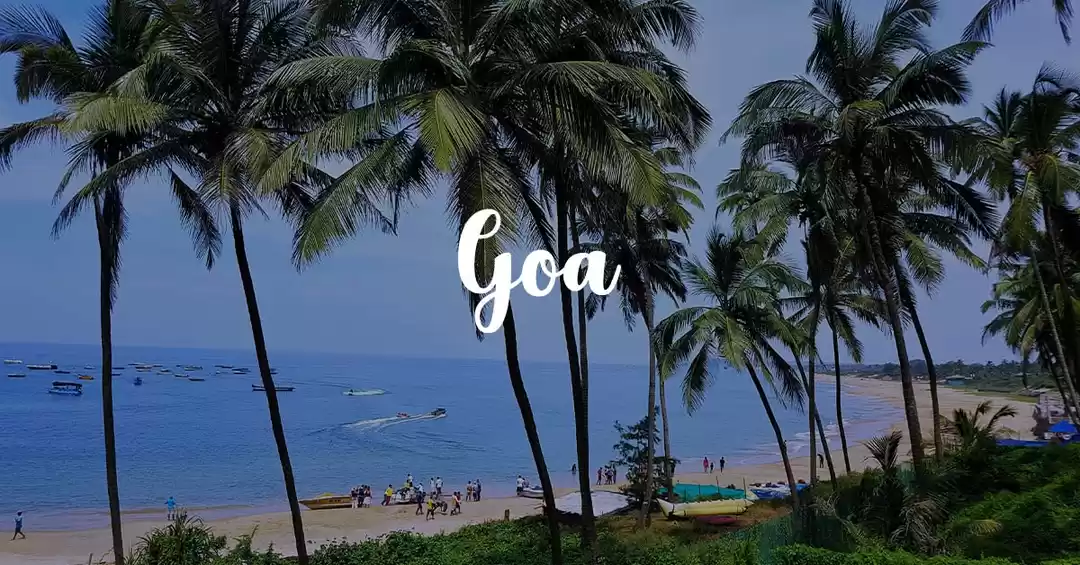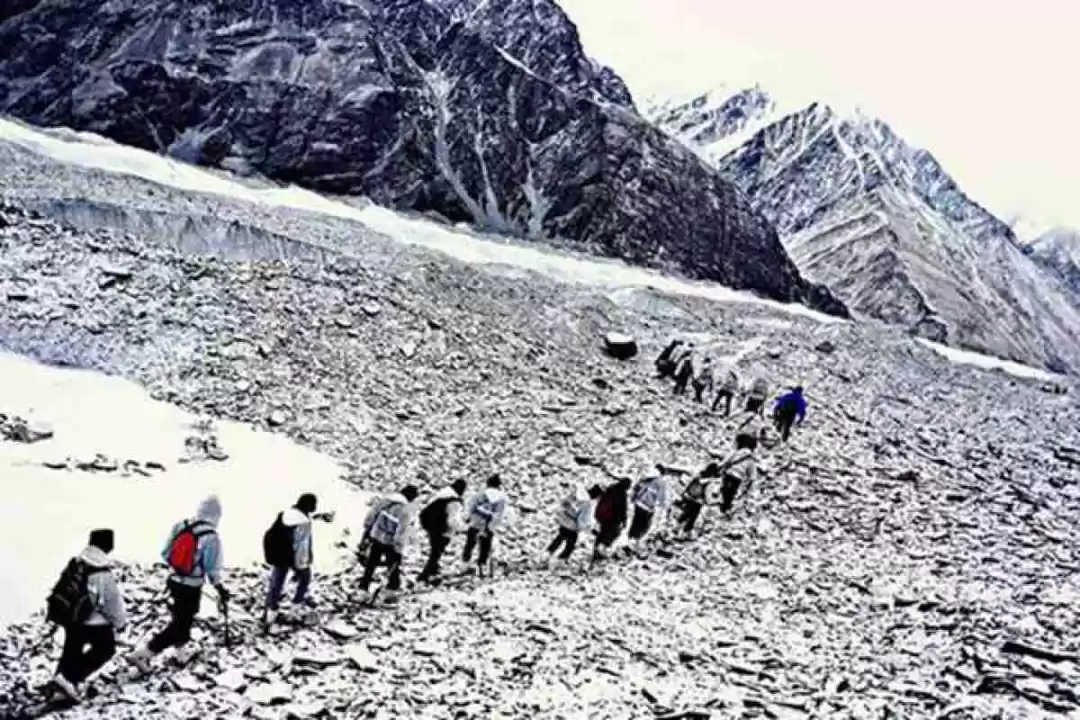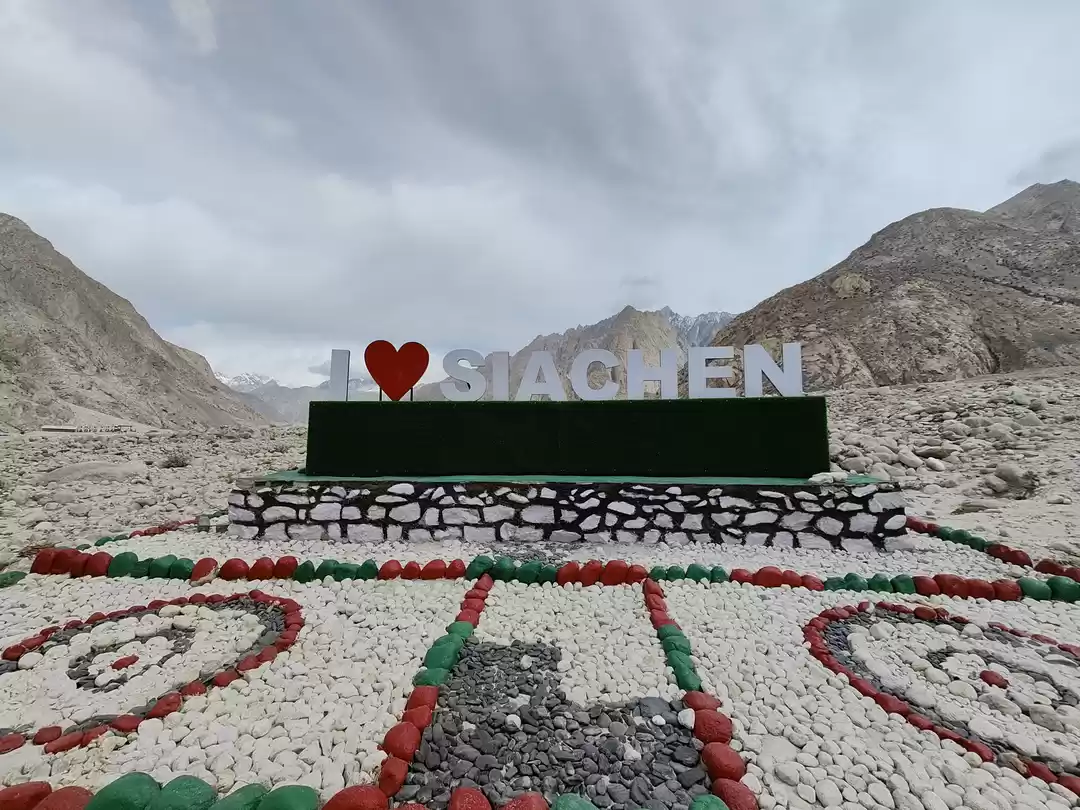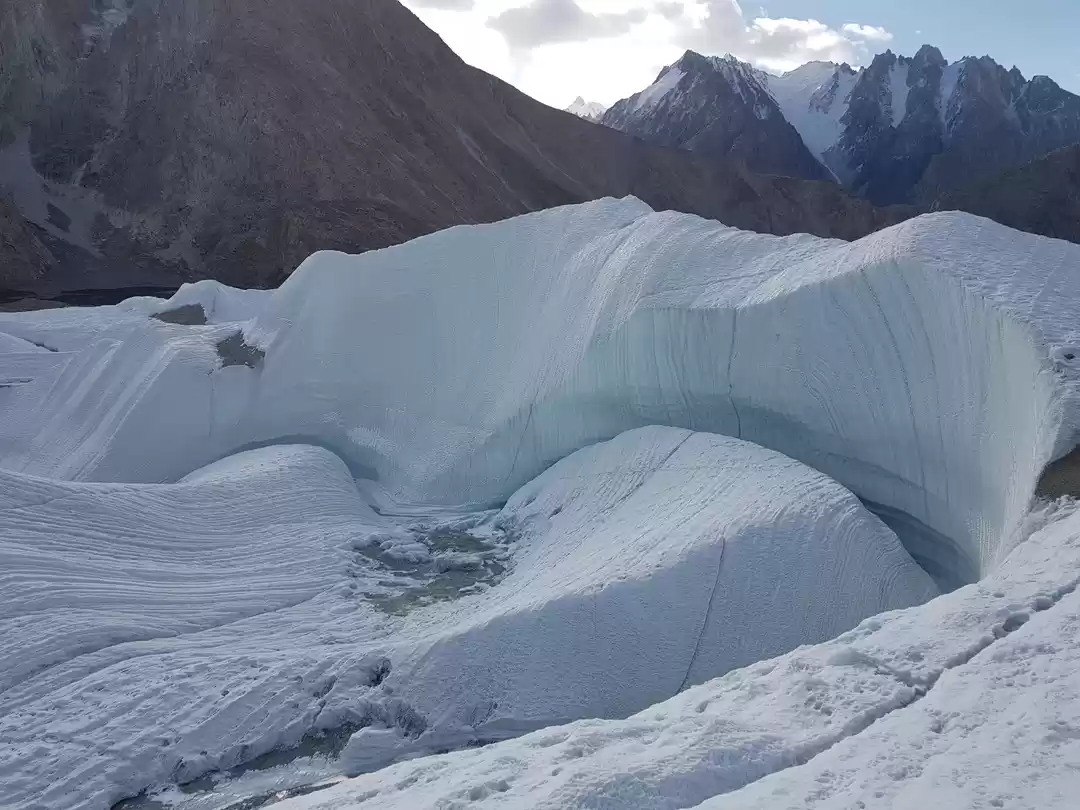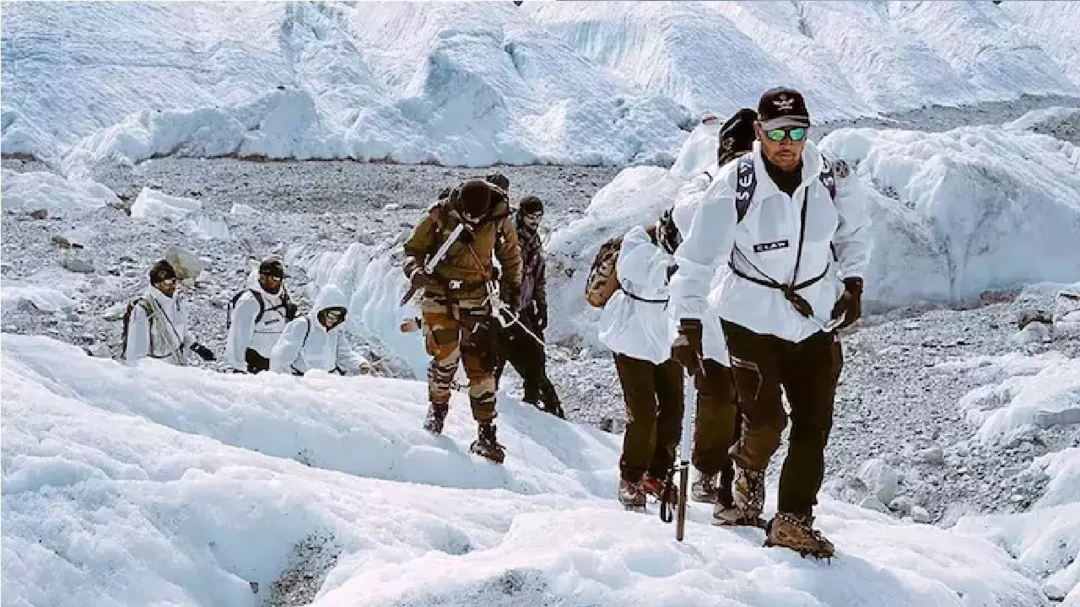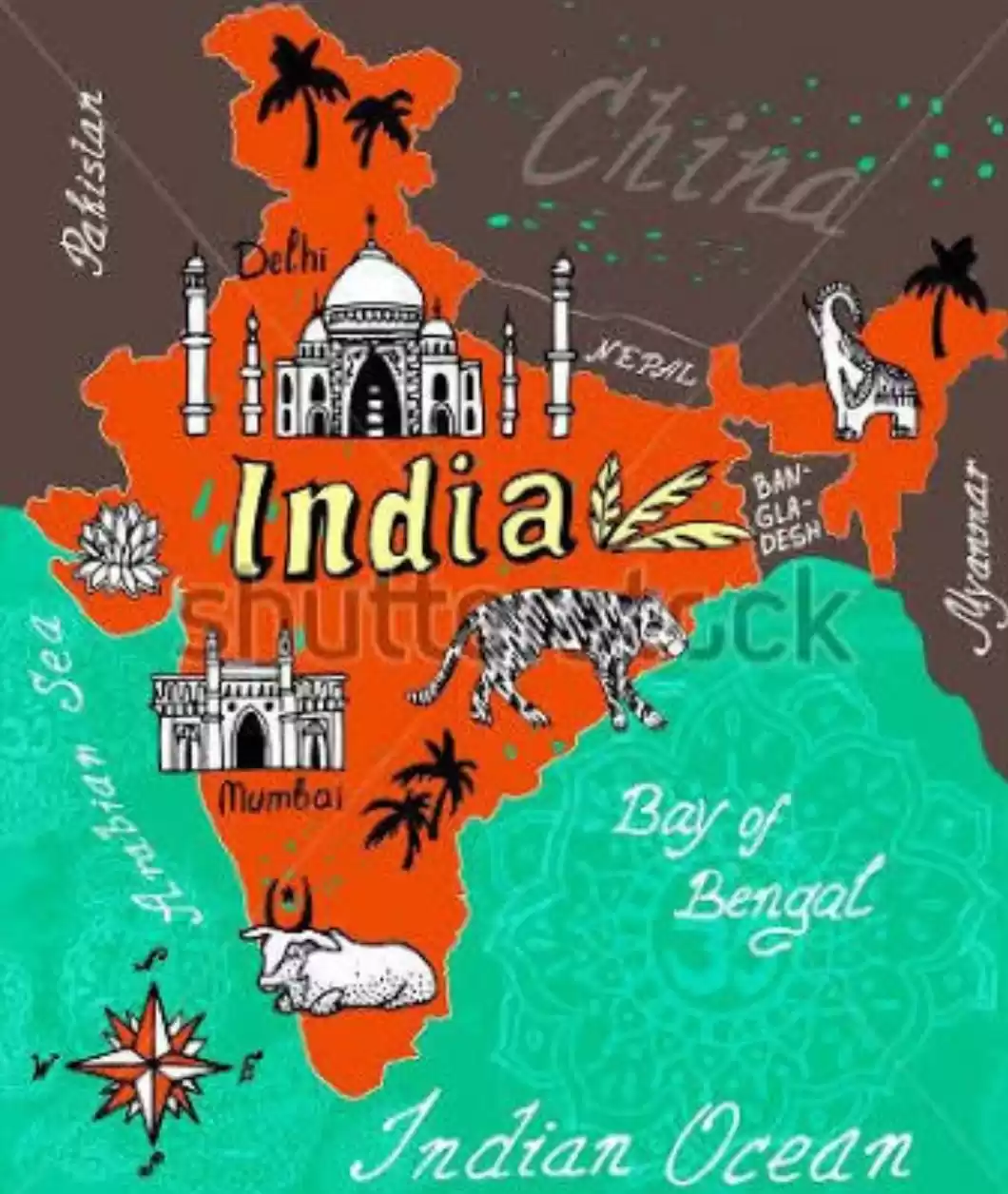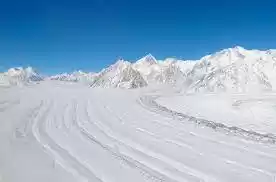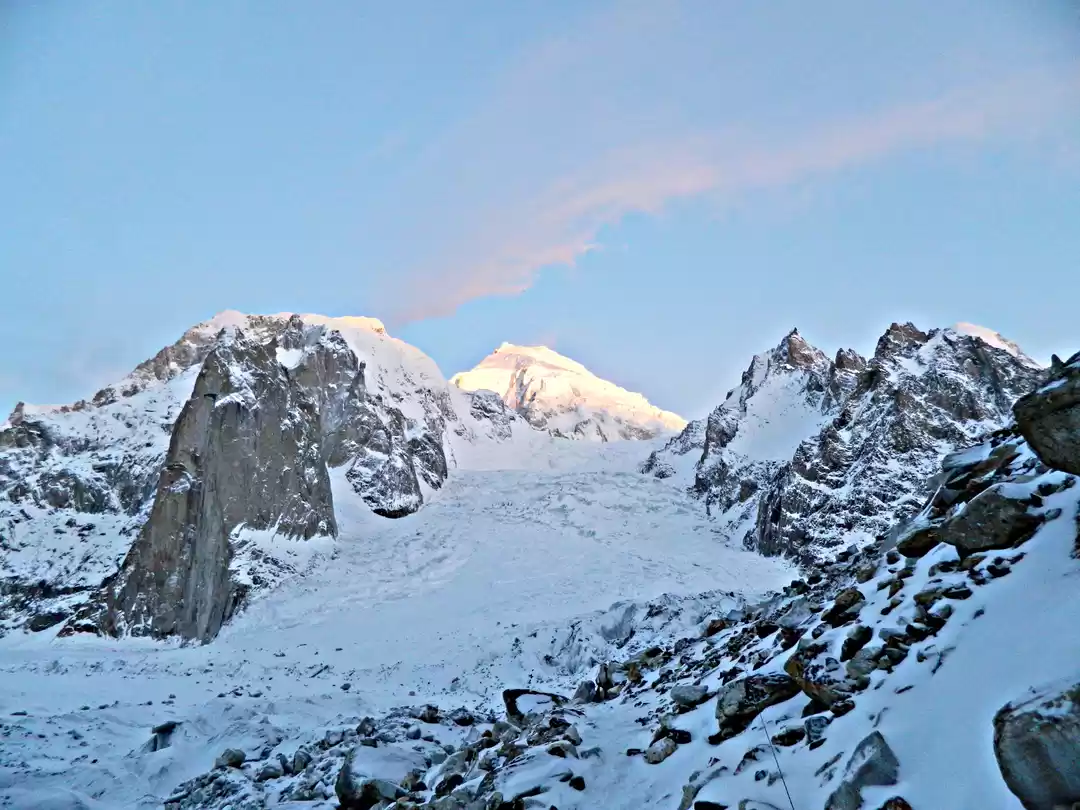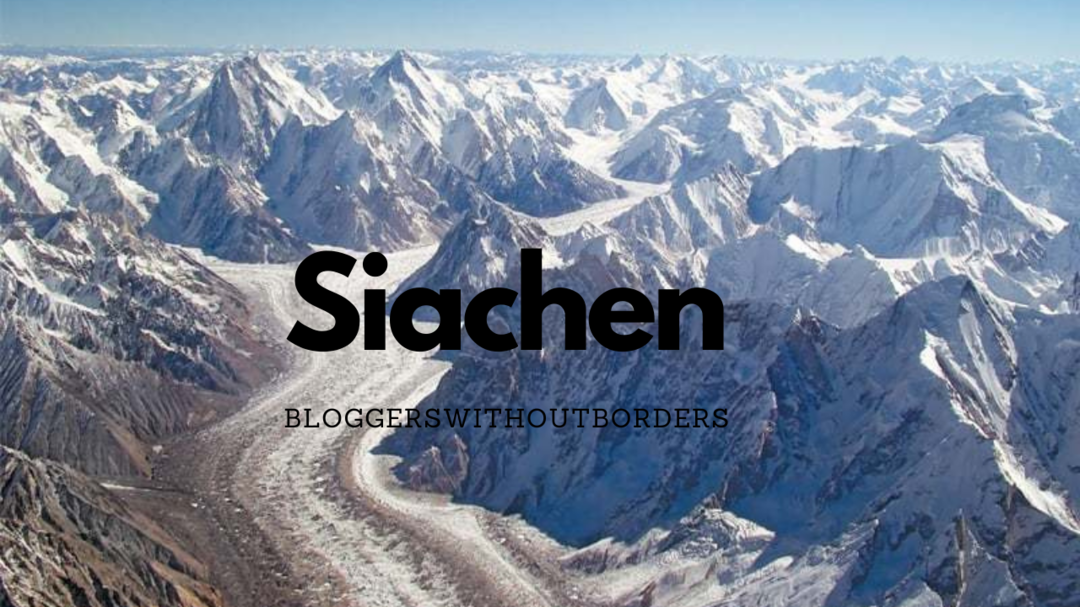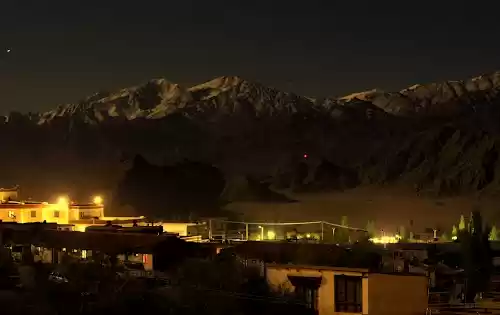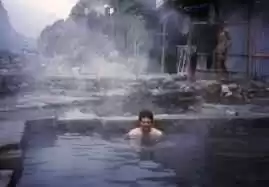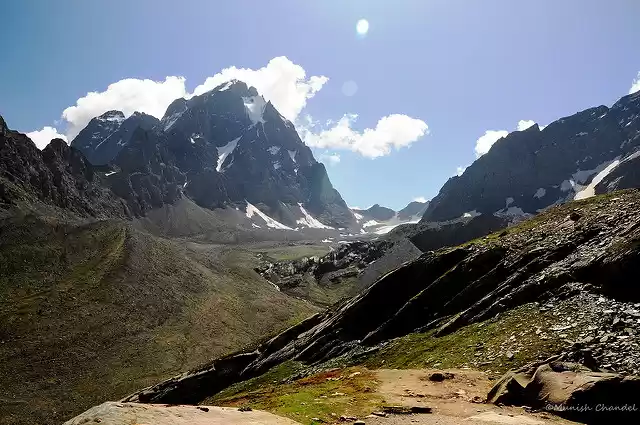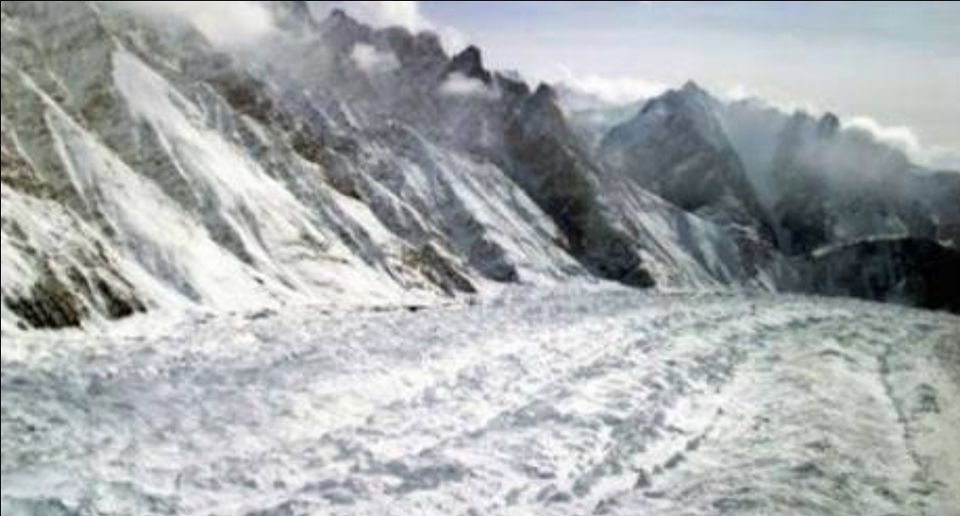
Recently, Defence Minister Rajnath Singh announced that tourists can now visit Siachen Glacier, which is the highest battlefield and one of the most difficult terrains on Earth. The trek opened for tourists is between Siachen Glacier’s base camp and Kumar Logistics base. This has opened a whole new area for civilians to explore in the newly created union territory of Ladakh. The cold desert of Ladakh, which lies beyond the mighty Karakoram range in the Himalayas, has fascinated tourists from all over the world. Here, one gets a glimpse of an interesting mix of Indian and Tibetan cultures. As of now, civilians were only allowed to go till the Nubra Valley which is considered as a gateway to the Siachen Glacier. It is quite far from the Siachen Glaciar base camp and the Siachen Battle School. With new rules, small batches of tourists will be allowed to venture further.
A kind of dry-run, before this announcement, took place between 2007 to 2016 where Army’s Adventure cell organized ‘Siachen Trek’ in which some civilians were allowed to visit Kumar and the base camp. Currently, tourists can visit Warshi which is on way to Siachen Base camp and Tyakshi Village which is some distance ahead of Turtuk. Until 1971, these two villages were part of Pakistan-Occupied Kashmir and civilians were not allowed to visit here till 2010. Then, tourists could only visit up to Nubra Valley’s Panamik.
In the 30-day trek organized by Army Adventure Cell, participants went through extreme conditioning to adjust in the highly difficult terrain of Siachen Glaciers which is at a mind-numbing height. The Siachen Glacier base camp is situated at an altitude of 11,000 feet and Kumar post is at an altitude of 16,000 feet. Organized in the months of August and September, the trek involved acclimatization first at Leh and then at farther posts. Participants had to follow a strict medical fitness regime. Open for any civilian below 45 years of age, the trek also had participants from Indian Military Academy or IMA. From Siachen Base camp, Kumar post is at 60 km and the nine-day return trek is once in a lifetime opportunity for those who can endure extreme adventure.
The biggest challenge after opening the trek for civilians would be to address the environmental concerns. Siachen Glacier is a delicate ecosystem. According to an IE report quoting estimates, almost 1,000 kg of waste is generated every day due to Army’s presence in the highest battle zone on Earth. The presence of tourists will add to it and there needs to be a mechanism to dispose of it in an eco-friendly way. More tourists mean more vehicular movement which can generate more heat and risk hastened to melt of the glacier. This will also put an additional logistics burden on the Army since there is hardly any civilian administration here. In case of any medical emergency or evacuation, the only way out is with the help of the Army or IAF.
There are some very basic medical facilities at Nubra Valley which is not close to Siachen Glacier. Diskit, 120 KM from Leh has a Sub-District Hospital. This 50-bed hospital is centrally heated and has facilities for X-ray, ultrasound, dental and lab testing units. Leh has better medical facilities than Diskit.
Security is another concern but since 2003, the area has been largely peaceful. A ceasefire came into effect in 2003 which marked an end to everyday artillery duels and a cycle of raids and counter-raids by Indian and Pakistani armies. While guns are silent, both armies are battle-ready and vigilant on locations as high as 23,000 feet in Saltoro Ridge of Siachen Glacier.
